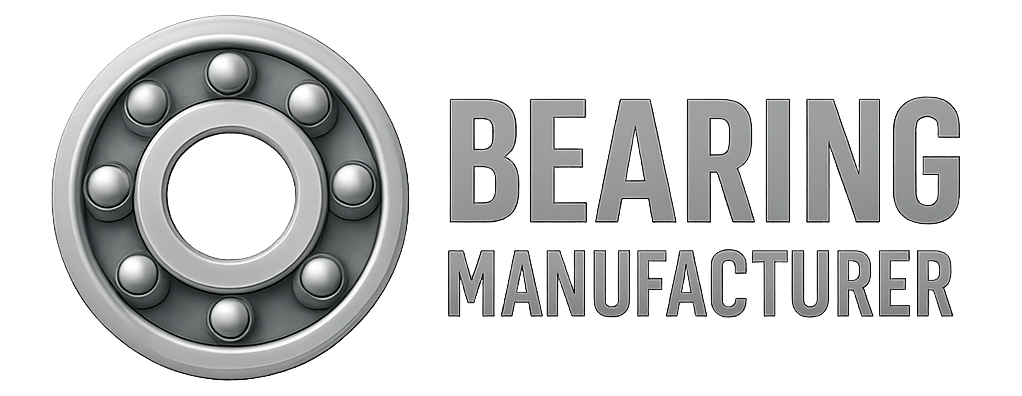Whether you’re designing a new system, replacing a damaged bearing, upgrading an existing setup, or customizing for a unique application, choosing the correct needle bearing is essential for performance, durability, and reliability. Proper measurement ensures an accurate fit, reduces the risk of failure, and improves overall efficiency.
This guide walks you through the steps to measure needle bearing dimensions and select the appropriate type based on your application’s requirements.
Step 1: Understand Load and Speed Requirements
Before you even pick up a caliper, first evaluate your load and speed conditions. These factors determine the size and type of needle bearing required:
-
High-speed applications need bearings that can handle rapid rotation without generating excessive heat.
-
Heavy-load conditions require bearings with robust load-carrying capacity to avoid premature wear or deformation.
Failing to consider these factors can lead to underperforming systems or bearing failure.
Step 2: Measure the Needle Bearing Dimensions
Once operating conditions are defined, it’s time to measure your bearing. There are two main approaches:
Method 1: Check the Reference Number
Many needle bearings have an engraved reference number, which includes key dimensional and type data. If readable, this is the fastest way to identify your bearing.
However, if the marking is missing or illegible due to wear, proceed with manual measurement.
Method 2: Manual Measurement of Key Dimensions
Use a vernier caliper or high-precision measuring tool to measure the following dimensions:
-
Inner Diameter (ID): Measure at the narrowest point of the bore.
-
Outer Diameter (OD): Measure at the widest point across the bearing.
-
Width (W): Measure the distance between the two sides (or bearing rings).
🛠 Tip: Always measure to the nearest 0.01mm for best accuracy. Avoid worn or deformed areas.
Once measured, you can use these dimensions in a bearing dimension search tool to identify suitable models.
Step 3: Choose the Right Needle Bearing Type
Needle bearings come in a variety of designs tailored for different functions. After measuring your dimensions, match them with available bearing models.
Example:
-
ID: 12 mm
-
OD: 18 mm
-
Width: 16 mm
→ This matches HK1216 type needle bearing.
But that’s just the base model. Pay attention to additional suffixes that indicate sealing, clearance, and other specs.
Understanding Bearing Suffixes and Codes
1. Sealing Configuration
Suffixes like 2RS or ZZ indicate the type of seal:
-
2RS: Double rubber seals (offers better dust and moisture protection)
-
ZZ: Metal shields (used in moderate environments)
Example: HK1216-2RS = Double-sealed needle bearing
2. Internal Clearance Codes
Clearance affects performance under thermal and load conditions. Here’s how to interpret clearance codes:
| Code | Meaning |
|---|---|
| C2 | Less than standard clearance |
| (none) | Standard clearance |
| C3 | Greater than standard |
| C4 | Greater than C3; suitable for high heat |
Choosing the wrong clearance can result in vibration, overheating, or reduced lifespan:
-
Too tight = Heat buildup, risk of seizure
-
Too loose = Excess play, noise, or instability
Select clearance based on expected temperature changes, shaft fits, and load conditions.
Step 4: When in Doubt, Consult an Expert
Still unsure which bearing suits your setup? Don’t guess—consult an engineer or bearing specialist. Needle bearings are precision components, and misjudgments can lead to costly downtime.
At Bearing Maker, our experts help customers select the right bearing type and clearance class based on technical specifications and operating environments.
Conclusion
Measuring needle bearing dimensions isn’t just about ID, OD, and width—it’s about understanding your application’s dynamic needs and matching them with the correct bearing type, seal configuration, and clearance level. By following these steps, you can prevent premature failure, improve efficiency, and extend system lifespan.
Need help selecting or sourcing the right needle bearing? Contact Bearing Maker for expert support and fast service.
